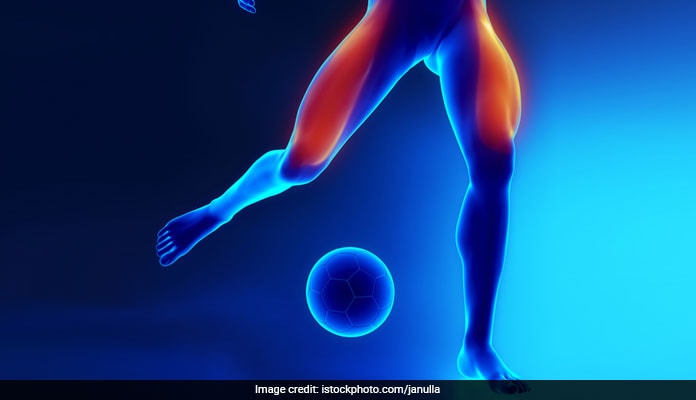The genetic variance in GDF5 gene helped early humans to survive in the ice-age and this mutation resulted in osteoarthritis in the later period of human evolution.

The change in GDF5 gene increased the risk of arthritis in later period
HIGHLIGHTS
- Genetic Mutation helped humans to survive through ice ages
- The experiment was tested on mice to get the results
- The change in GDF5 gene affected both knee as well as hips
A New York based study has shown that a genetic mutation in humans which resulted in shortening of bones and perhaps elevated the risk of arthritis, helped them survive ice age. Researchers found that mutation in the gene called GDF5 resulted in short height and reduced the risk of bone fracture from crippling down due to cold weather. This possibly favored the early humans in fighting back the frostbite during ice age. The compact body structure also helped them in migrating from Africa to colder northern climate 10, 000 years ago.
However, in the later period of human evolution, this advantage increased the risk of osteoarthritis which usually occurs after a prime reproductive age, the researchers said. "The variant that decreases height is lowering the activity of GDF5 in the growth plates of the bone."
Another noteworthy finding of this study is that the area that forges this mutant variation is linked to other mutations that affects GDF5 activity in the joints. "This activity increased the risk of osteoarthritis in both knee as well as hip" said Terence Capellini, Associate Professor at the Harvard University. The study, published in the journal Nature, analysed gene GDF5- first linked to skeletal growth in the early 1990s- to understand more about how the DNA sequences surrounding GDF5 might affect the gene's expression.
Also Read Are flax seeds beneficial for osteoarthritis patients?
The scientists identified a single nucleotide change (while doing the experiment on mice)that is mostly found in Europeans and Asians but rarely occurs in Africans. The laboratory mice revealed that the change decreased the activity of GDF5 in the growth plates of the long bones of the mice used in the experiment. " The potential medical impact of the findings is very interesting because so many people are affected," said David Kingsley, Professor at the Stanford University.
Also Read Doctor NDTV: Health Information on Osteoarthritis
To shrug off the disadvantages associated with osteoarthritis, the professor added- "This is an incredibly prevalent, and ancient variant. Many people think of osteoarthritis as a kind of wear-and-tear disease, but there's clearly genetic component at work here as well. Now we've shown that positive evolutionary selections has given rise to one of the most common height variants and arthritis risk factors known in human populations."
(With inputs from IANS)
DoctorNDTV is the one stop site for all your health needs providing the most credible health information, health news and tips with expert advice on healthy living, diet plans, informative videos etc. You can get the most relevant and accurate info you need about health problems like diabetes, cancer, pregnancy, HIV and AIDS, weight loss and many other lifestyle diseases. We have a panel of over 350 experts who help us develop content by giving their valuable inputs and bringing to us the latest in the world of healthcare.














